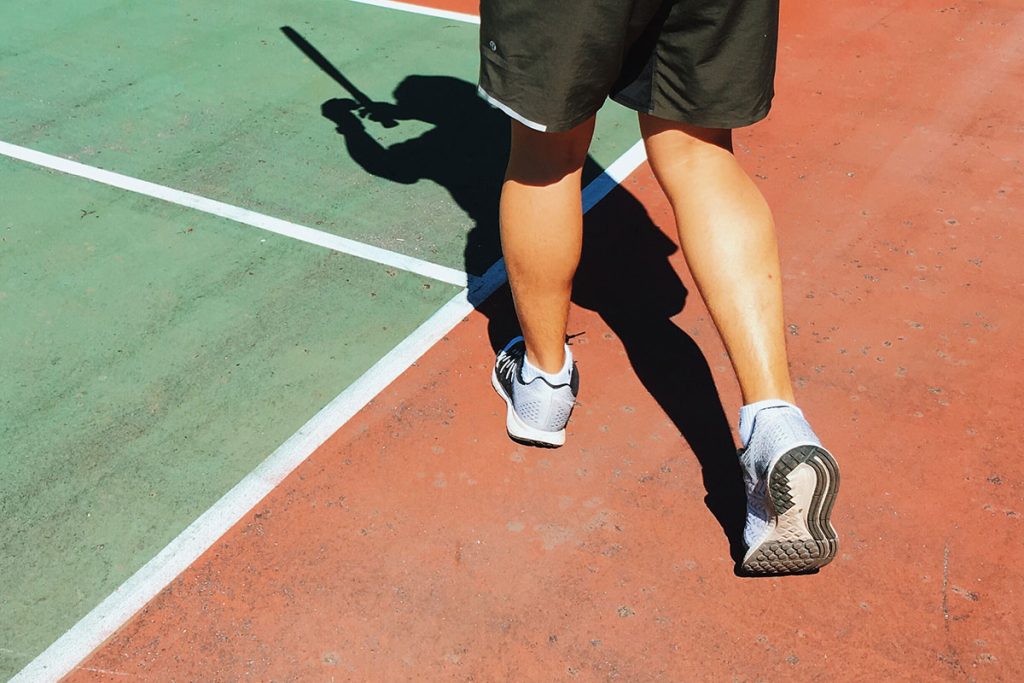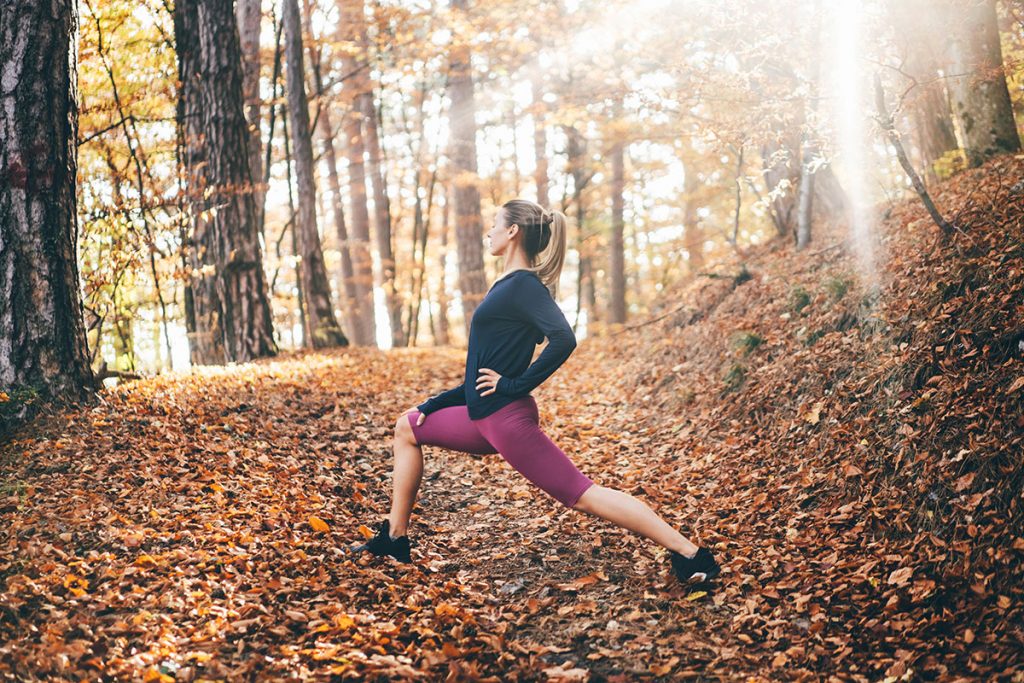Structure of the knee joint
A complex interplay of ligaments, muscle attachments and tendons stabilize the joint under load. In simple terms, there are 4 main ligaments that protect the joint against major axial deviations and rotational movements:
- Anterior cruciate ligament
- Posterior cruciate ligament
- Inner ligament
- Outer band
Symptoms of knee pain
Knee pain manifests itself with different symptoms that occur in different areas of the knee and can give an indication of the cause. Depending on the cause, the pain can occur at rest or during exercise, suddenly or gradually, temporarily or chronically. It can be felt at the beginning of a movement as start-up pain or permanently during movement. The pain can be dull, stabbing or burning. It is sometimes accompanied by swelling or overheating of the joint. In individual cases, movement restrictions may occur, which can be very unpleasant, especially if the joint is not fully extended.
Knee pain symptoms
- A damaged outer meniscus
- Runner's knee is a painful irritation of a facial cord (iliotibial tract syndrome) on the outside of the knee joint
- Cartilage damage in the outer area of the knee joint
- An injury or instability of the outer ligament
- Valgus gonarthrosis refers to wear and tear on the outside of the joint caused by a knock-kneed position of the leg. The knee may be swollen and painful to the touch.
Causes of internal (medial) knee pain
- Damage to the medial meniscus
- Bursal irritation or tendon insertion irritation of the hamstring tendons (=knee flexor muscles)
- Varus gonarthrosis refers to wear on the inside of the joint caused by an increased bow-legged position of the leg
- Injuries or instabilities of the medial ligament
- Ahlbäck's disease describes a local circulatory disorder that leads to a defect in the upper femur on the joint side.
Knee pain can occur suddenly during exertion, but also at rest. The knee may hurt when pressure is applied to the inside.
Knee pain in the hollow of the knee
Knee pain in the hollow of the knee is often caused by a Baker’s cyst, which is a fluid-filled cavity. The cyst is usually associated with a knee joint effusion and can be felt in the hollow of the knee once it reaches a certain size. When bending the knee , this cyst can cause a feeling of pressure. The rupture of the cyst causes severe pain. Other causes of pain in the hollow of the knee include
- Vascular problems such as protrusions, thromboses or constrictions
- Tendon wear
- Nerve damage
Inflammation as a cause of knee pain
Knee pain can be caused by non-bacterial inflammation, which includes rheumatic diseases and various metabolic disorders. Bacterial inflammation can also cause knee pain.
- Rheumatoid arthritis is chronic and usually occurs in episodes. Immune cells attack the synovial membrane. The resulting inflammatory substances can destroy joint cartilage and connective tissue.
- Osteoarthritis is an inflammatory wear and tear of the joint in which the cartilage cover and the meniscus gradually wear away and the bones rub against each other without protection.
- Ankylosing spondylitis is a rheumatoid disease that causes inflammation and curvature of the spine. As patients try to compensate for the pain by bending their knees, this results in knee pain.
- Psoriatic arthritis is also a rheumatoid disease. This chronic joint inflammation is associated with psoriasis. If the knee joint is affected, the pain intensifies in phases.
- Rheumatoid diseases include reactive arthritis, which can lead to inflammation of the knee joint following a bacterial infection of the urinary tract, genitals or intestines.
- Systemic lupus erythematosus is an autoimmune disease. The body's own cells are attacked by the immune system. Painful inflammation of the synovial membrane in the knee joint occurs due to deposits of immune complexes consisting of antibodies and attacked cell structures.
- Rheumatic fever is caused by streptococci (bacteria) and can affect the knee joint, other joints and even the heart.
- Gout is caused by an increased uric acid content in the blood. The excess uric acid is deposited in various joints, including the knee joint, and leads to severe pain.
- Pseudogout is caused by calcium salt crystals deposited in the cartilage, which cause symptoms similar to gout.
- Bursitis can be triggered by overuse, injuries, but also by gout, diabetes mellitus, infections and immune disorders.

Risky sports that promote knee pain
How knee pain can affect you
Knee pain in runners
Exercises designed to preventively protect the knee joint:

You can use various exercises to prevent knee problems and prevent injuries. Squats on both legs, standing on one leg with a slightly bent knee, lunges backwards and forwards or one-legged stands in a stepping position are all suitable. To prevent incorrect postures during the exercises, ask a physiotherapist to show you the exercises beforehand and do them at home in front of a mirror.
Do the exercises every day, but don’t put too much strain on your knees. A good indicator of overloading is the occurrence of knee joint effusion after training. You should then reduce your training a little and cool the joint again.
